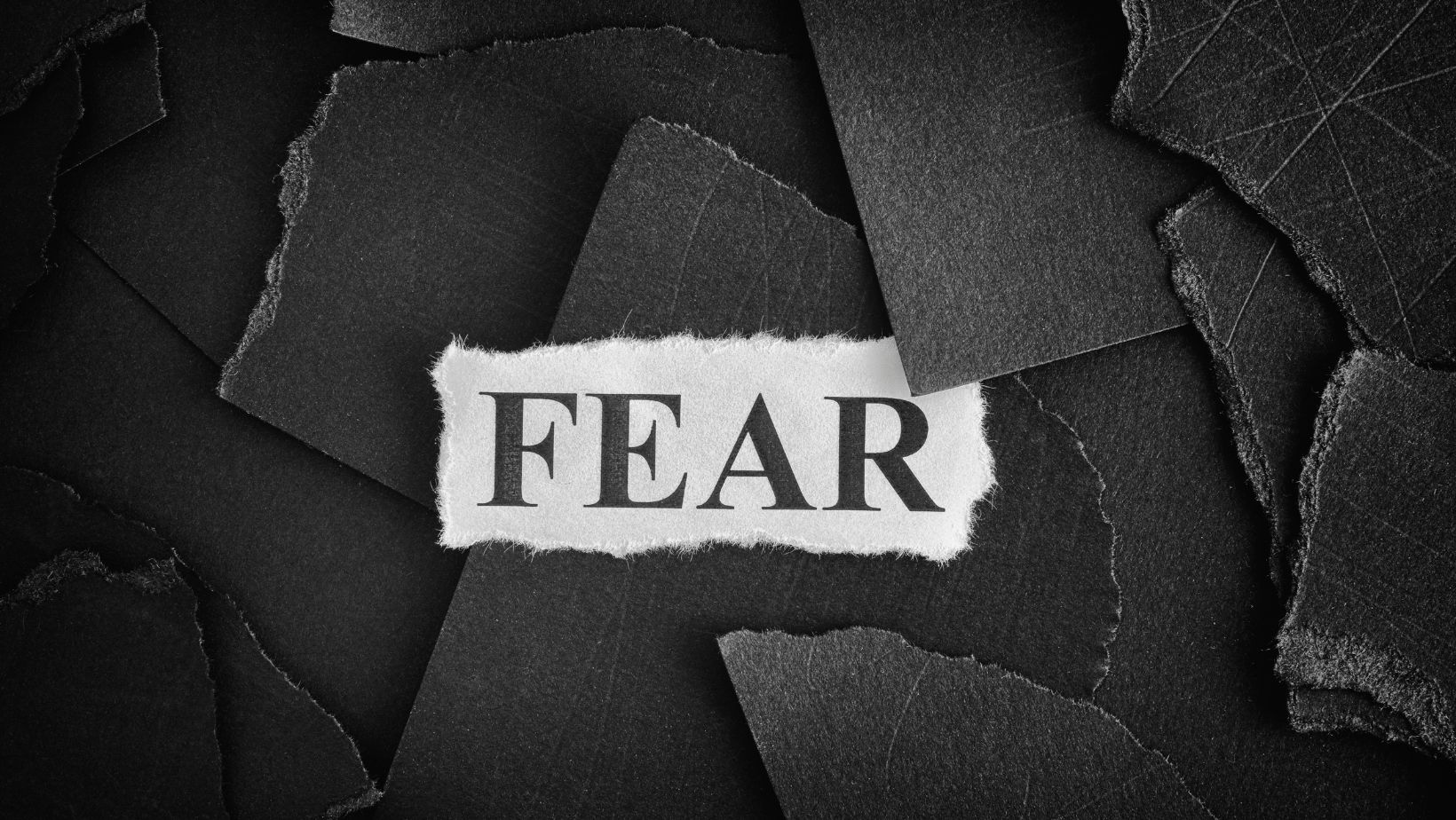
Fear and the spirit of fear may sound similar, but there is a distinct difference between the two. Fear can be described as a natural response to a perceived threat or danger. It is an emotion that arises in situations where we feel vulnerable or uncertain. However, the spirit of fear goes beyond just feeling afraid; it encompasses a deeper sense of anxiety and negativity that can consume and control our thoughts and actions.
The key distinction lies in the intensity and persistence of these emotions. Fear is often temporary and specific to certain circumstances, while the spirit of fear tends to linger long after the initial trigger has passed. It can manifest as chronic worry, irrational fears, or an overall pessimistic outlook on life.
What Is The Difference Between Fear And The Spirit Of Fear
The Definition of Fear
Fear is an innate human emotion triggered by perceived threats or dangers. It serves as a protective mechanism, alerting us to potential harm and prompting us to take action. When faced with fear, our bodies undergo physiological changes such as increased heart rate, rapid breathing, and heightened senses.
Fear can be rational or irrational. Rational fear arises in response to real threats like physical danger or imminent harm. For example, feeling afraid when encountering a wild animal in the wilderness would be a rational fear. On the other hand, irrational fears are disproportionate responses to situations that may not pose any real threat. These fears can vary greatly from person to person and often stem from past experiences or learned behavior.
Exploring the Spirit of Fear
While fear itself is a natural emotion, the spirit of fear goes beyond momentary feelings of apprehension. The spirit of fear refers to a deep-seated mindset characterized by chronic anxiety and pervasive worry that permeates various aspects of one’s life. It lingers long after specific fearful situations have passed and can significantly impact mental well-being.
The spirit of fear tends to be rooted in negative thought patterns and beliefs about oneself and the world. Individuals experiencing this mindset may constantly anticipate worst-case scenarios, leading to chronic stress and limiting their ability to pursue personal growth or take risks.
Distinguishing between Fear and the Spirit of Fear
Distinguishing between ordinary fears and the spirit of fear requires introspection and self-awareness. While both involve feelings of unease or discomfort, there are key differences:
- Duration: Fear is usually temporary; it arises in response to immediate threats and dissipates once the danger has passed. In contrast, the spirit of fear lingers persistently, affecting one’s overall outlook on life.
- Impact: Fear can be a healthy response that motivates us to take necessary precautions or make informed decisions. The spirit of fear, however, is more debilitating and can hinder personal growth, relationships, and overall well-being.
- Thought Patterns: Fear often arises in specific situations or triggers, while the spirit of fear pervades various aspects of life and becomes a habitual mindset.

The Nature of Fear
When exploring the topic of fear, it is essential to understand its nature and distinguish it from the spirit of fear. Fear is a fundamental human emotion that arises in response to perceived threats or dangers. It serves as a protective mechanism, alerting us to potential harm and triggering our fight-or-flight response.
Fear can manifest in various ways, both mentally and physically. It can cause feelings of unease, anxiety, or even panic. Physiologically, fear can lead to increased heart rate, rapid breathing, sweating, and heightened senses. These bodily reactions are instincts designed to prepare us for immediate action when faced with danger.
It’s important to note that fear itself is not inherently negative. In fact, it can be beneficial as it keeps us vigilant and helps us navigate potentially dangerous situations. However, when fear becomes excessive or irrational, it can hinder our daily lives and well-being.
To overcome the spirit of fear requires introspection and understanding its underlying causes. Therapy, counseling sessions, support groups, or personal development techniques may be helpful in addressing this debilitating state of mind.
In summary,
- Fear is a natural human emotion triggered by perceived threats.
- Fear serves as a protective mechanism but can become excessive or irrational.
- The spirit of fear refers to living in constant apprehension without a tangible threat present.
- The spirit of fear can hinder personal growth and decision-making processes.
- Overcoming the spirit of fear may require professional guidance and self-reflection.
Understanding the nature of fear and distinguishing it from the spirit of fear is crucial for personal growth, emotional well-being, and making informed choices. By recognizing when fear becomes excessive or irrational, we can work towards overcoming its grip and living a more fulfilling life.























